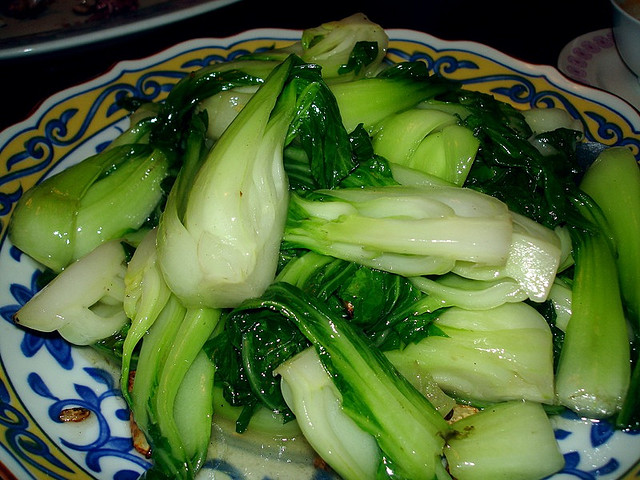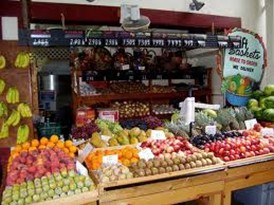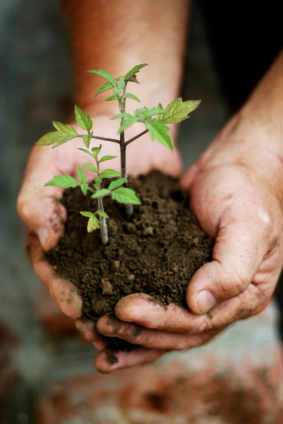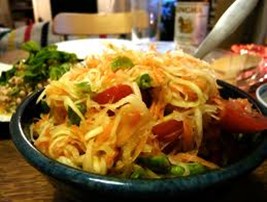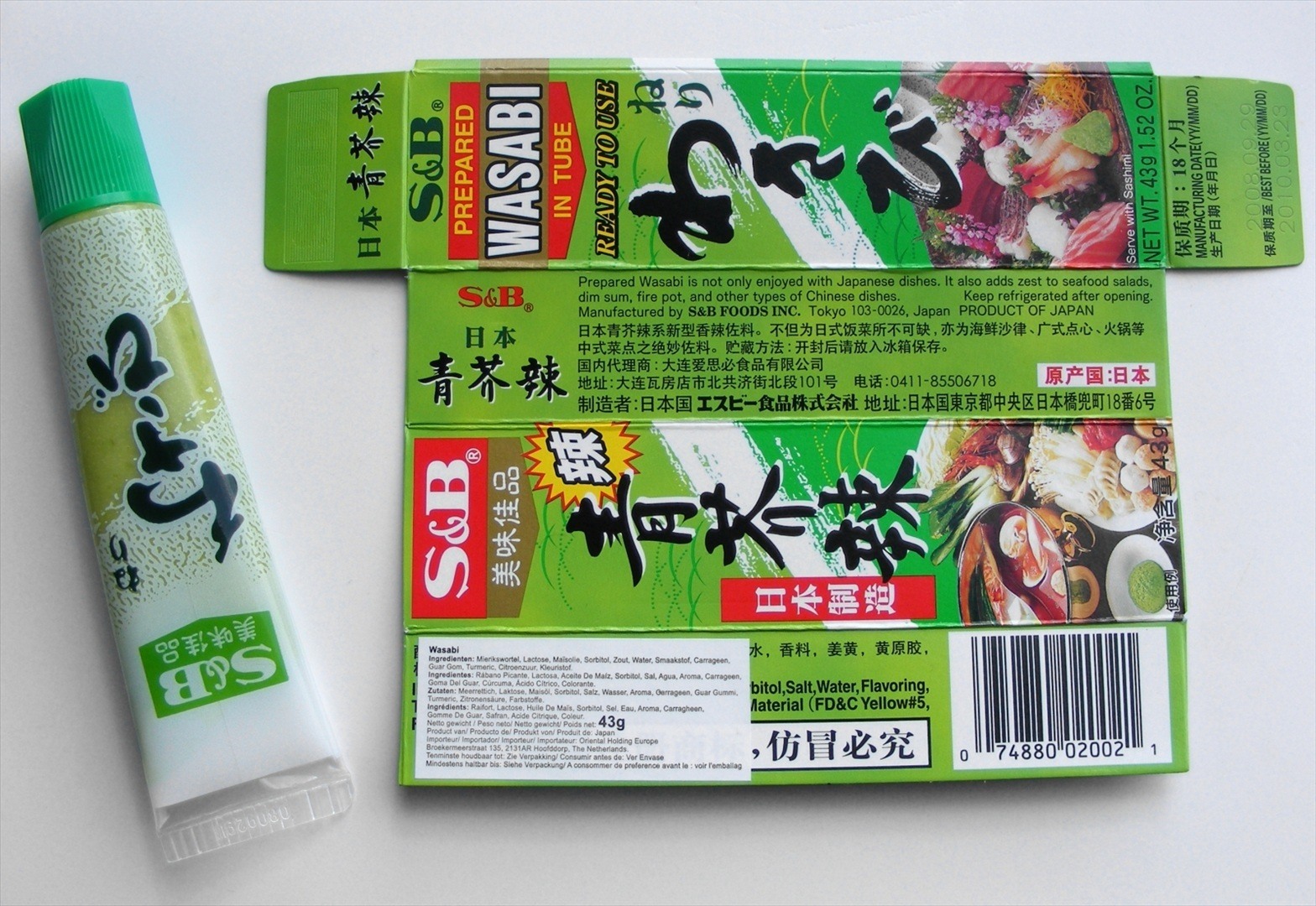Here’s a wonderfully succinct and proactive slogan: AMERICA NEEDS A MILLION NEW FARMERS. VETERANS WANT THE JOB.
This is the appeal of a website that supports a new documentary called Ground Operations: Battlefields to Farmfields.
As you know, the average age of farmers in America is 57 – and we’re going to need more of them in future years as the current generation retires. And who better to fill their shoes than the returning veterans who are looking for work?
As the website says, “The mission of Ground Operations is to strengthen the growing network of combat veterans transitioning into new careers in sustainable farming and ranching. Let’s help them get started and build their resources, so that they can create healthy new lives for themselves and food security for communities across America.”
I’m old enough to remember the Viet Nam war, the protests, the loss of lives, and the strains endured by returning veterans of my generation. Thankfully, we’ve learned our lesson and offer ceremonies of welcome and other support for this generation of young people who were sent overseas to fight in our name. BUT our economy leaves them in the lurch.
Farming – the perfect solution. Swords into plowshares!
Currently scheduled screenings of Ground Operations can be found here. Trailers are available on the website. You can also make a donation via the crowdsourcing site IndieGoGo.
This is the first financial appeal I’ve made from The Green Foodprint in the years I’ve been blogging. I’ve donated. Please consider adding your dollars to this cause.

